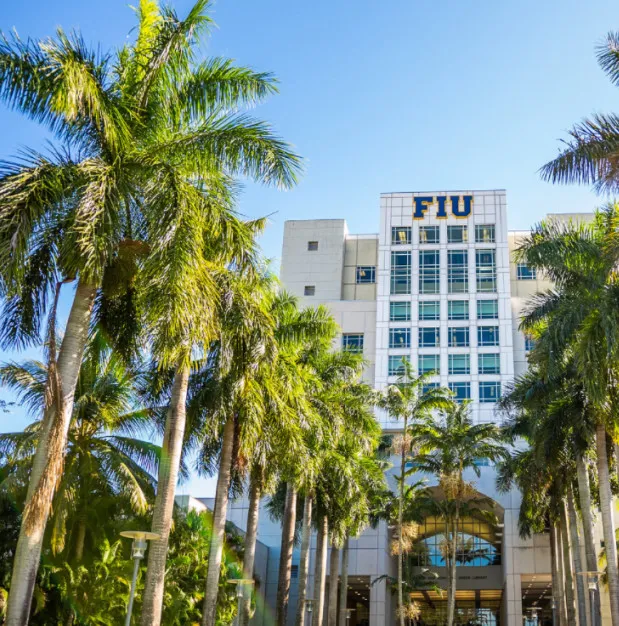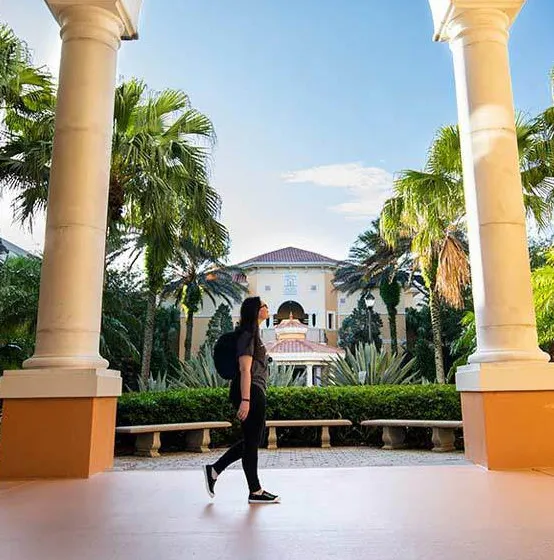Florida, the “Sunshine State,” is renowned not only for its stunning beaches and vibrant theme parks but also for its rich maritime history. From the early Spanish explorations to its development into a modern maritime center, Florida has witnessed significant milestones in global maritime history. Let’s explore these remarkable historical imprints.
Early Footprints: The Age of Exploration
Florida’s maritime history began with European explorations in the 16th century. In 1513, Spanish explorer Juan Ponce de León landed on this land and named it La Florida.

This event marked the beginning of a new era, as Florida became a crucial point on Spanish maritime routes. Ships from Spain frequently visited Florida for supplies and to transport goods, turning it into a bustling trading hub.
Clash of Maritime Powers
Florida’s strategic location made it a hotspot in the power struggle among European maritime nations. Spain, France, and England all sought to control this territory to expand their influence and exploit resources. Wars and conflicts ensued, leaving deep marks on Florida’s maritime history.
One of the most significant events was the war between Spain and England in the 18th century. England captured Florida in 1763, but Spain regained control in 1783. Finally, in 1819, Spain ceded Florida to the United States.
Florida in U.S. Maritime History
After becoming part of the United States, Florida continued to play a vital role in the nation’s maritime history. Florida’s geographical position, with its long coastline and deep-water ports, facilitated the growth of the maritime industry.
The Civil War: A Strategic Role
During the American Civil War (1861-1865), Florida joined the Confederate States of America. Florida’s seaports became crucial transshipment points for goods and supplies for the Confederacy. However, the Union blockade of these ports severely hampered Florida’s economy.

After the Confederacy’s defeat, Florida rejoined the United States and began reconstruction. Florida’s maritime industry gradually recovered and grew stronger.
20th Century: The Rise of Modern Maritime Industry
In the 20th century, Florida’s maritime industry underwent a revolution. The advancement of shipbuilding and maritime transport transformed Florida into a modern maritime center.
Florida’s seaports were upgraded and expanded to accommodate large and modern cargo ships. The shipbuilding industry also flourished, creating numerous jobs and contributing to the state’s economic development.
Must-Visit Historical Maritime Sites in Florida
If you’re keen to explore Florida’s maritime history, there are many fascinating places to visit. Here are a few suggestions:
Key West Maritime Museum
The Key West Maritime Museum showcases artifacts and documents related to the maritime history of Key West, a famous island in Florida. You can learn about ships, pirates, and intriguing stories of life at sea.
St. Augustine Maritime Heritage Center
St. Augustine is the oldest continuously inhabited European-established settlement in the United States, and also one of the most important maritime centers in Florida’s history. The St. Augustine Maritime Heritage Center is where you can delve into the city’s maritime history, from the early Spanish explorations to the development of the modern maritime industry.
South Florida Museum
The South Florida Museum in Bradenton is an excellent place to explore the maritime history of the South Florida region. The museum displays artifacts and documents related to maritime history, marine life, and the marine environment.
Port Canaveral
Port Canaveral is not only a major commercial seaport but also a U.S. space center hub. Here, you can visit the Kennedy Space Center and learn about the history of U.S. space exploration, as well as the role of the maritime industry in supporting space activities.
Maritime Cuisine: Flavors of the Sea
Florida’s cuisine also reflects the state’s rich maritime history. Fresh seafood is an integral part of Florida’s culinary scene, with many dishes prepared in traditional Spanish, Cuban, and Caribbean styles.
Famous Seafood Dishes
Some famous Florida seafood dishes include Florida stone crabs, grouper, scallops, and oysters. You can enjoy these dishes at seaside restaurants or local seafood markets.
Cultural Influences
Florida’s cuisine is also influenced by various cultures. The “Cuban sandwich” is a prime example, combining roasted pork, ham, Swiss cheese, pickles, and yellow mustard on Cuban bread. “Conch chowder” is a traditional Caribbean dish made from conch, vegetables, and spices.
Maritime Sports: Life on the Water
Maritime sports are a significant part of Florida’s culture. With its long coastline and warm climate, Florida is an ideal destination for water sports activities.
Surfing, Diving, and Fishing
Surfing is a popular sport in Florida, with many beaches offering great waves and strong winds. Diving is also a thrilling activity, with numerous coral reefs and shipwrecks to explore. Fishing is a traditional sport in Florida, with a variety of fish species to catch.
Maritime Sports Events
Florida also hosts many international maritime sports events, such as sailing races, windsurfing competitions, and fishing tournaments. These events attract thousands of athletes and visitors from around the world.
Conclusion
Florida’s maritime history is a captivating tale of exploration, power struggles, and economic development. From the early Spanish voyages to its rise as a modern maritime hub, Florida has played a crucial role in global maritime history. Visit Florida to discover these remarkable historical imprints, and enjoy the rich cuisine and exciting water sports activities on the waves.